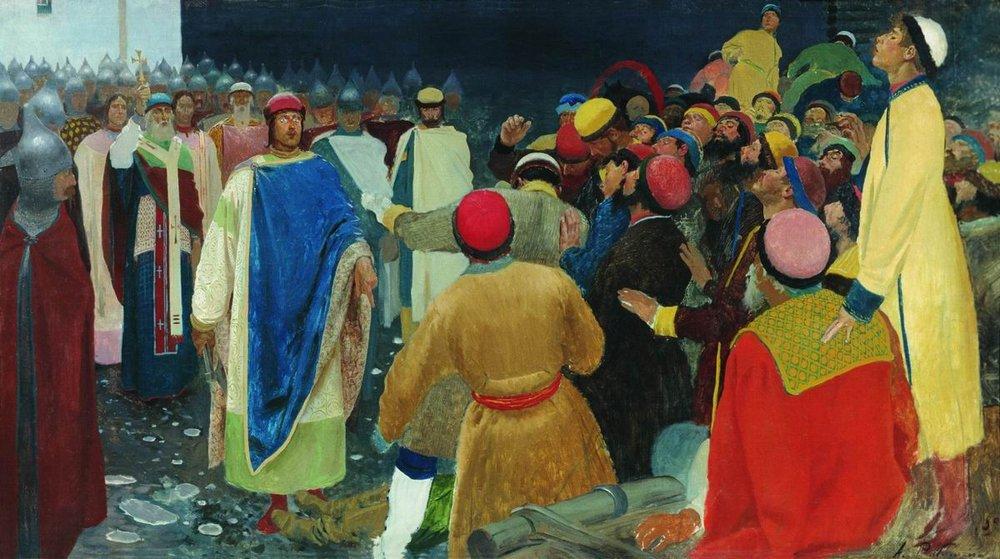Did you know that May 30th and 31st mark the anniversaries of the deaths of Gleb Svyatoslavich and Izjaslav Ingvarevych, who were princes of parts of the historical state of Kievan Rus’?
Kievan Rus’ encompassed parts of present-day Ukraine, Belarus, and European Russia between the late 9th and mid-13th centuries CE.
23andMe is marking the anniversaries by updating Historical Matches.SM This new 23andMe+ Premium membership feature may genetically connect you to one or more of hundreds of historical people across the globe, and now includes Gleb and Izjaslav.
Among the First Saints of Kievan Rus’
Gleb was a prince of Tmutarakan and Novgorod during the 11th century CE. His name came from his great-uncle, Gleb Vladimirovich, one of the first saints canonized in Kievan Rus’ after the region adopted Christianity.
Gleb was appointed ruler of the principality of Tmutarakan by his father, but was overthrown and expelled from the principality twice by his cousin Rostislav Vladimirovich. Later, he ruled the principality of Novgorod, but after his father’s death, the local population revolted against him. He tried to flee but was killed on May 30th 1078 and buried in the Holy Savior Cathedral in Chernigov, in what is now northern Ukraine.
His skull was discovered buried in a stone sarcophagus at the site of the cathedral during construction work in 1967. Anthropologists and scientists who studied the skull confirmed that it belonged to a genetically male individual who died around the age of 25-35. They also found marks on his skull consistent with wounds made by a sword.
The Battle of the Kalka River
Less is known about Izjaslav Ingvarevych, the 13th century CE prince of Dorogobuzh from the Principality of Galicia-Volhynia. Some sources suggest that he was born around 1180 CE and died on May 31st, 1223 CE, during the Battle of the Kalka River.
During this battle, Mongol armies—led by the generals Jebe and Subutai, who served under the emperor Genghis Khan—defeated a coalition composed of forces from several principalities of Kievan Rus’ and warriors from the nomadic Cuman people. Although the exact size of both armies is debated, it is said that tens of thousands of Rus’ and Cuman fighters died during the battle, while the Mongol army suffered very few casualties.
In 1989, Izjaslav’s skull was discovered in a tomb at Lutsk castle, one of the most famous landmarks in the present-day city of Lutsk, Ukraine. Analysis of Izjaslav’s skeletal remains indicated that he died around the age of 30-40, and evidence of stab wounds on his skeleton and an arrowhead found embedded in his skull indicate that he also died a violent death.
The Post Viking Age
Researchers sequenced the genomes of Gleb and Izjaslav as part of a 2020 study of the genetics of the Viking world. Although they were not Vikings, their genomes were of interest to the study team as they lived just after the Viking Age ended in Europe (around 1050 CE).
The Vikings had a massive impact on the genetics and history of much of Europe, including throughout Kievan Rus’, founded by Oleg the Wise, a Viking who ruled Novgorod during the 9th century CE.
Learn More
You can learn more about Gleb and Izjaslav (and others who lived during or around the time of the Viking Age) through 23andMe’s Historical Matches feature, which is available to all 23andMe+ Premium members.
Not yet a 23andMe+ Premium member? Find out more about 23andMe+ Premium offerings here.




